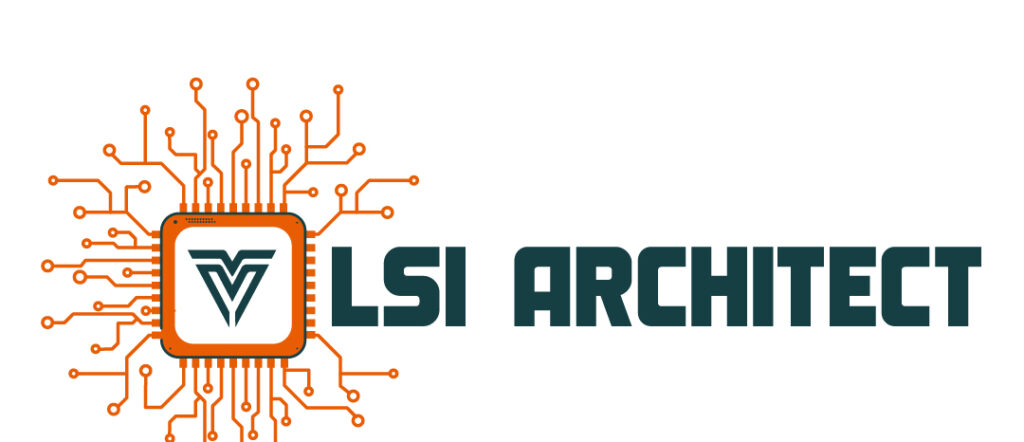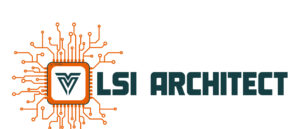Design Verification in VLSI: Ensuring Functional Accuracy and Reliability

VLSI • Verification • 2025 Guide
Verification consumes ~80% of product development time in advanced SoCs, making it the primary bottleneck to tape-out.
As semiconductor complexity escalates, verification must find defects early, control cost/risk, and guarantee spec compliance
before committing to silicon.
The Growing Importance of Verification
Market outlook: ~$1.2B (2023) → $2.92B (2029) • 15.8% CAGR
AI-driven design
Sub-3nm nodes
Photonic ICs
Rapid progress in AI, 5G, and fab technologies is reshaping verification scope, scale, and velocity. Emerging device
classes and physics (e.g., photonic/electrical co-design) compound the need for robust, scalable verification flows.
Why Verification Is Essential
- ✅ Error detection: Catches functional, logical, and timing issues pre-silicon.
- ✅ Cost reduction: Avoids re-spins and field failures.
- ✅ Time-to-market: Streamlined flows shorten design cycles.
- ✅ Reliability & compliance: Meets standards and spec targets with evidence.
What Is Verification in VLSI?
- Planning & Requirements: Define plan, objectives, methodologies, coverage goals, and exit criteria.
- Environment Setup: Select tools/simulators/frameworks for the DUT.
- Testbench Development: Build SV/UVM/VHDL/Verilog benches with stimulus, checkers, and coverage.
- Execution & Debug: Run simulations, regressions, coverage closure, corner cases, root-cause analysis.
- Sign-Off & Reporting: Analyze results, document evidence, iterate design, and prepare for tape-out.
Key Approaches to VLSI Design Verification
1) Simulation-Based Verification
- Logic & circuit simulation: event-driven / cycle-based.
- Testbench integration: stimulus-response environments for RTL.
- Regression testing: stability across iterations.
Common tools: Synopsys VCS, Cadence Xcelium, Siemens Questa.
🚀 Challenge: Scaling to large SoCs is slow; acceleration and smarter sampling are required.
2) Emulation-Based Verification
- FPGA prototyping: validates software/hardware in near-real time.
- High speed: up to ~1000× faster than pure simulation (use-case dependent).
- Reusable platforms: reconfigurable for rapid iteration.
Common tools: Xilinx Vivado, Intel Quartus, Cadence Palladium, Synopsys ZeBu.
🚀 Challenge: Higher setup cost and specialized skill sets.
3) Functional Verification
- Higher-level abstraction: faster, broader behavior validation.
- Cycle accuracy: correctness at the functional level.
- Simplified debug: easier traceability vs. gate-level.
Common tools: Cadence Incisive, Synopsys Verdi, Siemens ModelSim.
🚀 Challenge: Timing is abstracted; some corner cases can be missed.
4) Formal Verification
- Property checking: proves that critical invariants always hold.
- Equivalence checking: confirms RTL ↔ gate-level equivalence.
- Exhaustiveness: reduces reliance on test vectors.
Common tools: Cadence JasperGold, Synopsys Formality.
🚀 Challenge: Computationally intensive and harder to scale for very large designs.
Quick Comparison
| Approach | Best For | Strengths | Primary Challenge |
|---|---|---|---|
| Simulation | RTL functional/timing checks | Mature flows; broad ecosystem | Runtime explosion on large SoCs |
| Emulation/FPGA | HW/SW co-verify; speed | Orders-of-magnitude faster | CapEx & specialist setup |
| Functional | High-level behavior | Faster cycles; simpler debug | No detailed timing |
| Formal | Critical properties & ECOs | Exhaustive proofs | State-space complexity |
Challenges in VLSI Verification
🔹 Increasing Complexity in SoCs
- Multicore, AI accelerators, high-speed I/O expand state space.
- Early HW/SW co-verification is essential.
🔹 Achieving Full Coverage
- Massive state spaces resist exhaustive testing.
- CDV and PSS improve scenario reach and reuse.
🔹 Debugging & Bottlenecks
- Root-causing regressions can take weeks.
- AI-assisted triage and clustering reduce mean-time-to-debug.
🔹 Power & Performance Validation
- Dynamic/leakage verification is mandatory for low-power designs.
- UPF/CPF enable power-aware verification and checks.
Future Trends in Verification
- AI-Driven Verification: ML for test generation, coverage closure, and failure clustering.
- Shift-Left: Earlier verification (IP/unit) to reduce late-stage surprises.
- Cloud-Based Verification: Elastic compute for regressions and faster turnaround.
- Portable Stimulus (PSS): Author once, reuse across simulation, emulation, and silicon.
Conclusion: The Future of Design Verification
VLSI verification underpins semiconductor reliability. As complexity scales, AI-augmented flows, formal methods, and
cloud elasticity are transforming how teams reach sign-off. Investing in robust, coverage-driven strategies minimizes cost,
reduces risk, and accelerates time-to-market—ensuring designs meet strict industry requirements and performance targets.
FAQs
Meta Description:
“Learn how Design Verification in VLSI ensures semiconductor accuracy, reduces errors, and accelerates time-to-market. Discover key techniques, challenges, and future trends in chip verification.”


